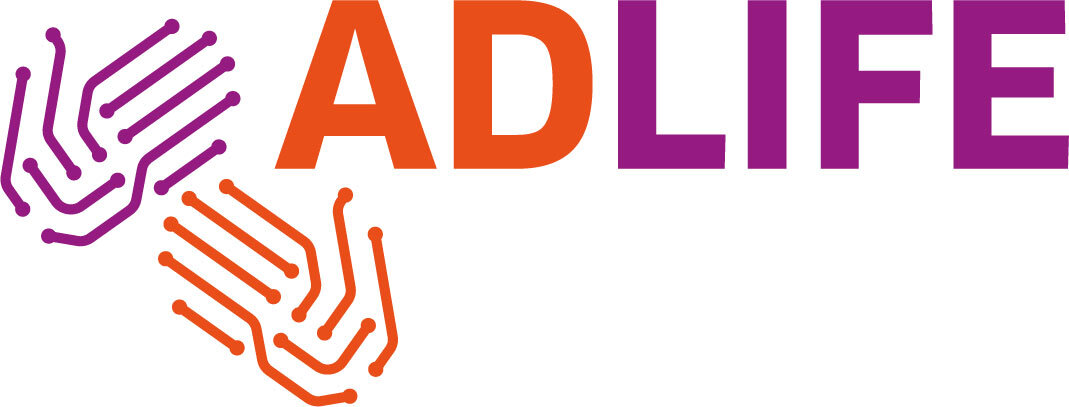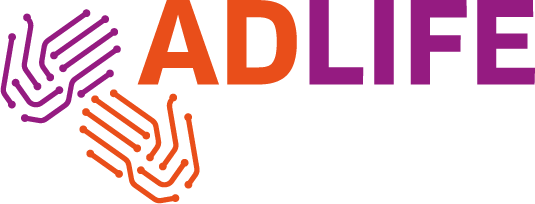Developing a Health Outcome Framework in ADLIFE
In this blog, our partners over at Kronikgune discuss the rise of value based services and how they can be implemented into healthcare planning.
The patient-centred outcomes
For decades, health services provision planning and evaluation has been driven by the goal of achieving high quality services at the lowest cost possible. However, the results obtained so far are not positive and performance in these organizations is not always highly rated[1].
At the beginning of this century, the new perspective of value based services have arisen. Evaluation of health services should not be based on the measurement of performed services, but on the outcomes they achieve[2]. Besides, these outcomes had to be relevant for the patients receiving the services. In this context, patients’ roles shift from a passive service receiver to an active decision making one. This new service design and evaluation paradigm is called patient-centred approach and is based on valuable health outcomes measurement. Patient-centred care in healthcare is defined as care provision that is consistent with the values, needs, and desires of patients and is achieved when clinicians involve patients in healthcare discussions and decisions[3].
Despite the interest of this new paradigm, its consideration in actual health service planning and evaluation is not yet massively implemented[4] and its key elements are not always taken in consideration.
In 2012, Harvard University, Boston Consulting Group and Karolinska Institute founded the International Consortium for Health Outcomes Measurement (ICHOM). This non-profit organization aimed to provide a guide for the implementation of this new health services planning and evaluation paradigm[5].
One of the tools proposed by this organization is the standardization of the set of outcomes that matter to patients. Patient representatives, clinician leaders, and registry leaders from all over the world develop these sets in a collaborative process. It’s goal is to promote standardized outcome measurements to compare performance, allow clinicians to learn from each other, and improve the care for specific medical conditions or for a population. ICHOM has to date 28 standard sets of outcome measures developed that cover over 54% of the global disease burden.
A working group in ADLIFE has explored and re-elaborated the standard sets of outcomes for older people with heart failure disease, and the niche group of ADLIFE patients, which are people over 55 years old with severe heart failure and/or COPD.
These relevant health outcomes will be registered and integrated in our intelligent digital integrated and personalize care plans to address what matters to Advanced Chronic patients.
The role in personalized care plans
ADLIFE personalized care plans were created with the ambition to produce gains in health outcomes relevant to the patients receiving the program. The change observed in the defined set of health outcomes will be part of the projects end results. By identifying the outcome that will be responsive to each measure, professionals and patients will have the chance of reviewing the outcome set and of jointly choosing the activity, objective or goal that boosts the desired one.
The comparison of variations in outcomes between the intervention and the control group will demonstrate that ADLIFE intelligent personalized care model has an impact in achieving the defined results.
The experts behind the definition
A working group of ADLIFE members, including physicians and patient advocates and outcome evaluation researchers, were organized to represent a wide background and define the set of health outcomes grouped around relevant domains for ADLIFE target population. Following ICHOM methodology, the group iteratively worked over a period of seven months in the definition of a comprehensive minimum set of outcomes.
On Oct 22, an evaluation framework containing the health outcomes agreed was accepted as the project’s evaluation framework. It was a consensus experience of ADLIFE clinical reference group. This group is composed by a multidisciplinary team of health professionals with representatives from the seven pilot sites that provide expert advice, support, and guidance.
The clinical reference group agreed that the proposed domains achieved a good balance between feasibility and comprehensiveness. Domains accorded are an adaptation of the ICHOM standard set for ADLIFE target population: the selected domains correspond with the ones on the older person standard set and additional dimensions were proposed within them for including severe chronic patients’ matters.
The measures for ADLIFE outcomes
From a project perspective, we developed the outcome set to have a consensual definition of desired end results and a common set of measures. The framework allows us to group each of the measures included in the project by the broad health outcome to which it is responsive.
The working group will next develop a timeline for the assessment of the outcomes covering stability and exacerbation scenarios, and will iteratively refine it with the expert advice of the clinical reference group.
Figure 1: ADLIFE evaluation Framework for aged patients with severe chronic conditions. Adapted from ICHOM
“This work was conducted using resources from ICHOM, the International Consortium for Health Outcomes Measurement (www.ICHOM.org). The content is solely the responsibility of the authors and does not necessarily represent the official views of ICHOM.”
Written and published by Ana Ortega-Gil, Itziar Vergara & Irati Erreguerena at Kronikgune.
[1]OECD and European Commision, Health at a Glance: Europe 2018. 2018
[2] M.V.Ciasullo. Health care ecosystem: some evidence from the International Consortium for Health Outcomes Measurement (ICHOM). Conference paper
[3] Mead N, Bower P: Patient-centredness: a conceptual framework and review of the empirical literature. Soc Sci Med. 2000, 51: 1087-1110
[4] Constand, M.K., MacDermid, J.C., Dal Bello-Haas, V. et al. Scoping review of patient-centered care approaches in healthcare. BMC Health Serv Res 14, 271 (2014).
[5] https://www.ichom.org




